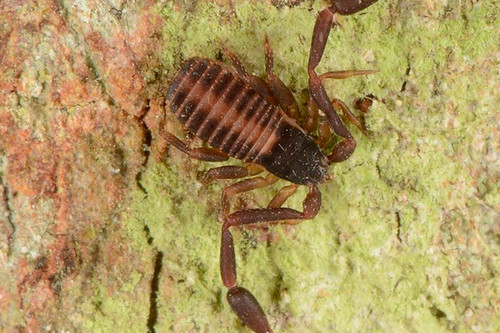La saliva se convierte en una herramienta para detectar el dolor en personas con demencia
|
El dolor es un problema infradiagnosticado e infratratado en personas con demencia, sobre todo si se encuentran en un estado avanzado de la enfermedad que les impida una comunicación efectiva. Tomando en cuenta que la prevalencia del dolor y la demencia aumenta con la edad y que paliar ese dolor 'silencioso' en personas con la comunicación verbal mermada es difícil, la búsqueda de un método de diagnóstico del dolor alternativo y complementario ha sido un objetivo perseguido por personal investigador y sanitario. |






















